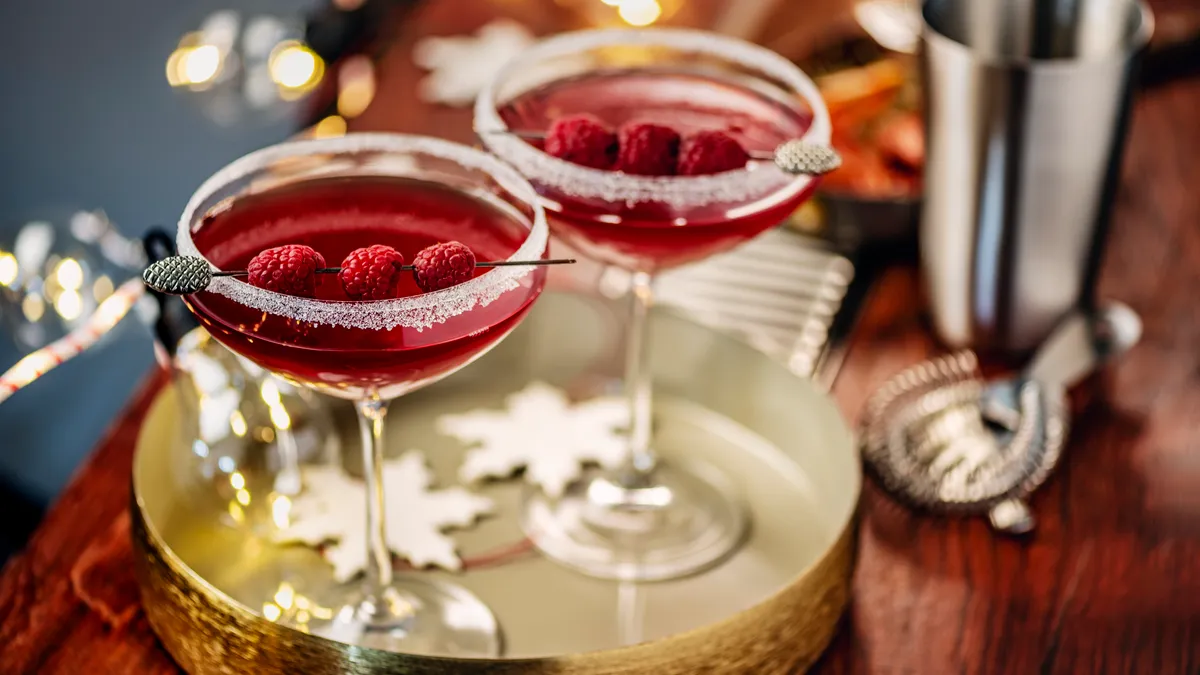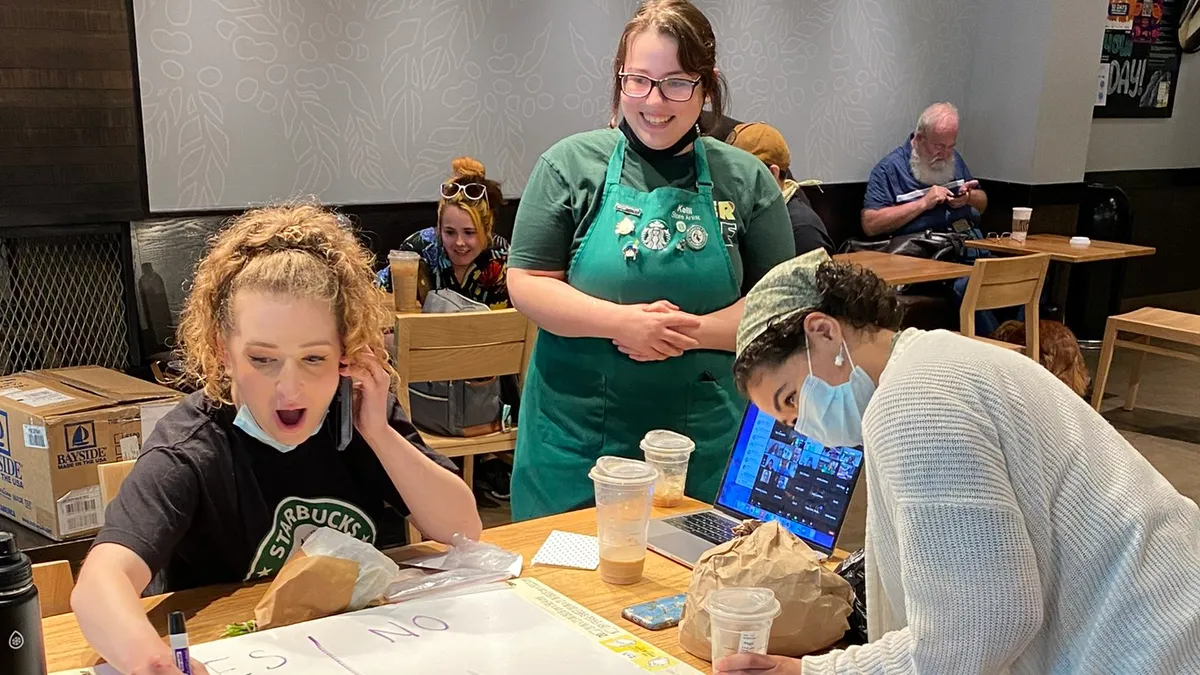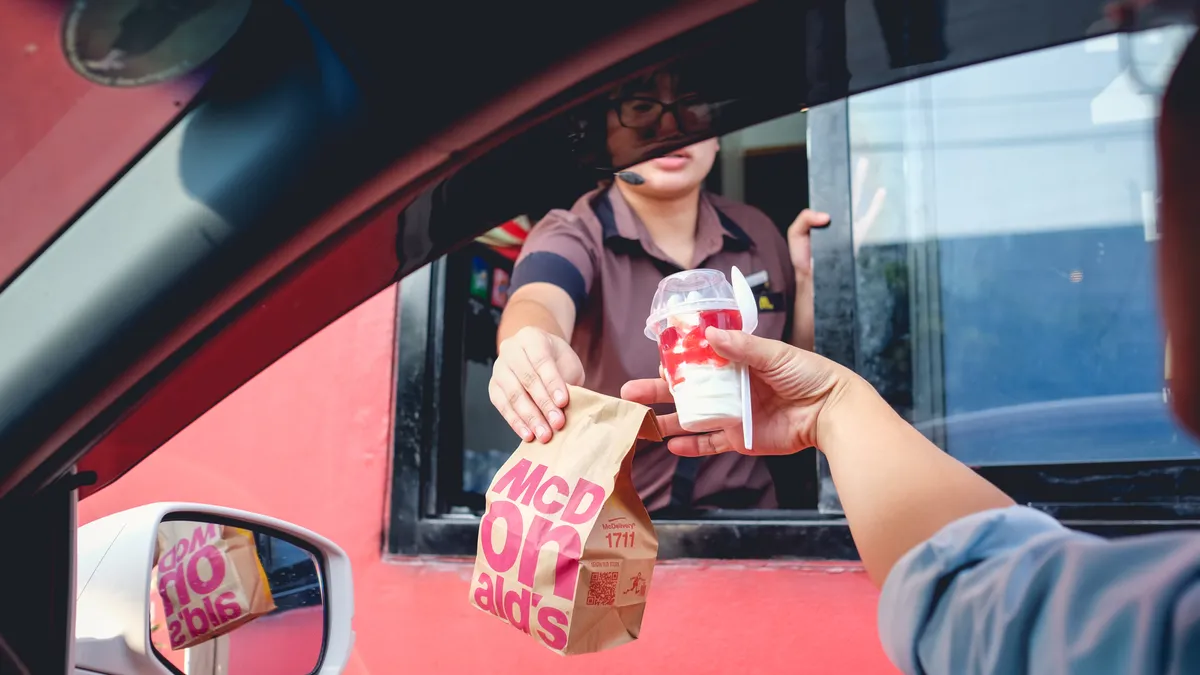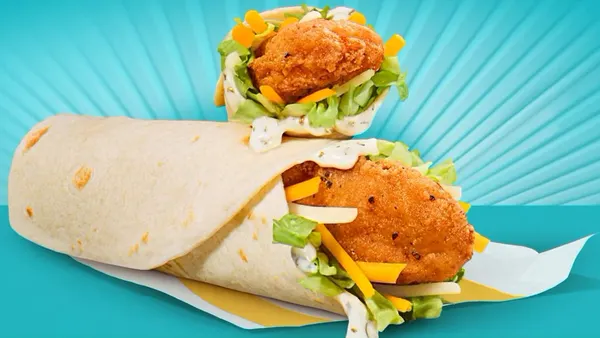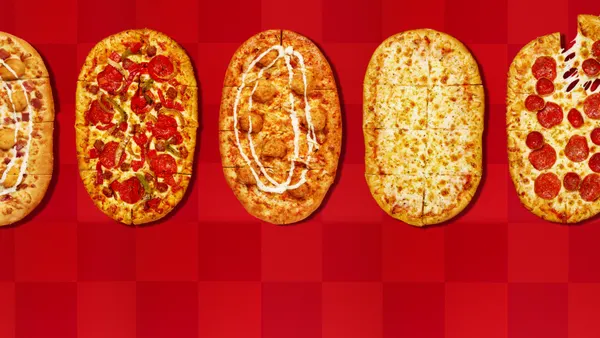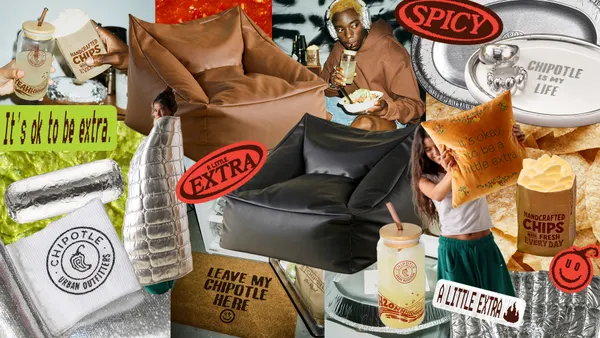Nonalcoholic beverage sales soared by 30% in 2024, according to food purchasing company Entegra. Venues that generated about $2 million annually saw an average revenue boost of $95,000 by expanding their nonalcoholic drink menus.
This isn’t just a trend; it’s a shift in how restaurants and bars can unlock new profit potential. According to TouchBistro’s 2025 State of Restaurants Report, 40% of restaurants plan to expand their nonalcoholic drink offerings this year — a clear signal that this movement is here to stay.
For operators, this trend is an opportunity to maximize profits by responding to consumer behavior. Beverages already drive around 80% of gross profit dollars due to their lower input costs, reduced perishability and minimal prep requirements. Nonalcoholic drinks stretch this profitability further. A thoughtfully crafted $9 mocktail not only meets the growing demand for premium options but often surpasses the margins of a traditional $14 cocktail.
Understanding the profit potential
Gen Z’s purchasing power is reshaping hospitality. This generation, drinking 20% less alcohol than millennials did at their age, seeks curated experiences that align with their values — wellness, inclusivity and creativity. For them, nonalcoholic beverages are primary options, not alternatives, and they’re willing to pay premium prices for mocktails, kombuchas and artisanal sodas.
But this opportunity isn’t limited to Gen Z. Expanded nonalcoholic offerings attract diverse audiences:
- Business lunch crowds looking for sophisticated alternatives to alcohol
- Health-conscious professionals and parents seeking premium, family-friendly options
- Non-drinkers or designated drivers who want more than soda water
Venues report these options drive higher beverage revenue, extend table times, increase per-party spend and strengthen customer loyalty.
Overcoming operational challenges
Implementing a nonalcoholic beverage program requires careful planning to navigate common hurdles:
- Storage and space: Most venues operate at capacity, making new inventory a challenge. Modular storage systems and concentrated ingredients can help maximize limited space.
- Labor and training: Efficiently delivering premium nonalcoholic drinks during peak service requires streamlined processes. Standardized recipes, batched components, and staff training programs simplify preparation without sacrificing quality.
- Menu design: Successful programs position nonalcoholic drinks prominently — alongside food pairings or as signature offerings. Highlighting these options throughout the menu boosts visibility and sales.
For operators willing to embrace automation, tools like intelligent drink dispensers can reduce the labor burden while ensuring consistency, speed, and profitability. These systems allow venues to deliver premium nonalcoholic options efficiently, even during busy service periods.
Tapping into the nonalcoholic boom
Strategically launching a nonalcoholic beverage program can yield immediate results. Start with a focused approach:
- Dedicate prime menu space to four to six signature nonalcoholic offerings.
- Rotate seasonal options to create excitement and encourage repeat visits.
- Train staff to describe flavor profiles, craftsmanship and health benefits with enthusiasm.
- Price strategically to target 65-75% margins while maintaining accessibility.
Industry insights suggest that nonalcoholic beverages can offer favorable profit margins. For instance, an article from Grub Street highlights that the cost of making non-alcoholic drinks is comparable to that of alcoholic ones, yet customers are willing to pay similar prices, leading to significant revenue for bars and restaurants.
The benefits of a robust nonalcoholic program extend far beyond revenue. Venues have reported to Sidework that:
- A diverse N/A menu attracts health-conscious guests and those abstaining from alcohol, leading to higher traffic during typically slower periods.
- Higher party size averages, as non-drinking guests enjoy thoughtfully crafted options.
- Increased private event bookings, driven by the perception of inclusivity and innovation.
- Enhanced brand loyalty and stronger positioning as an inclusive destination.
Investing in nonalcoholic beverages is more than a short-term response to shifting preferences — it’s a long-term strategy for growth. Operators that adapt their menus, space and training to meet this demand are positioning themselves for sustained success in a competitive market.


